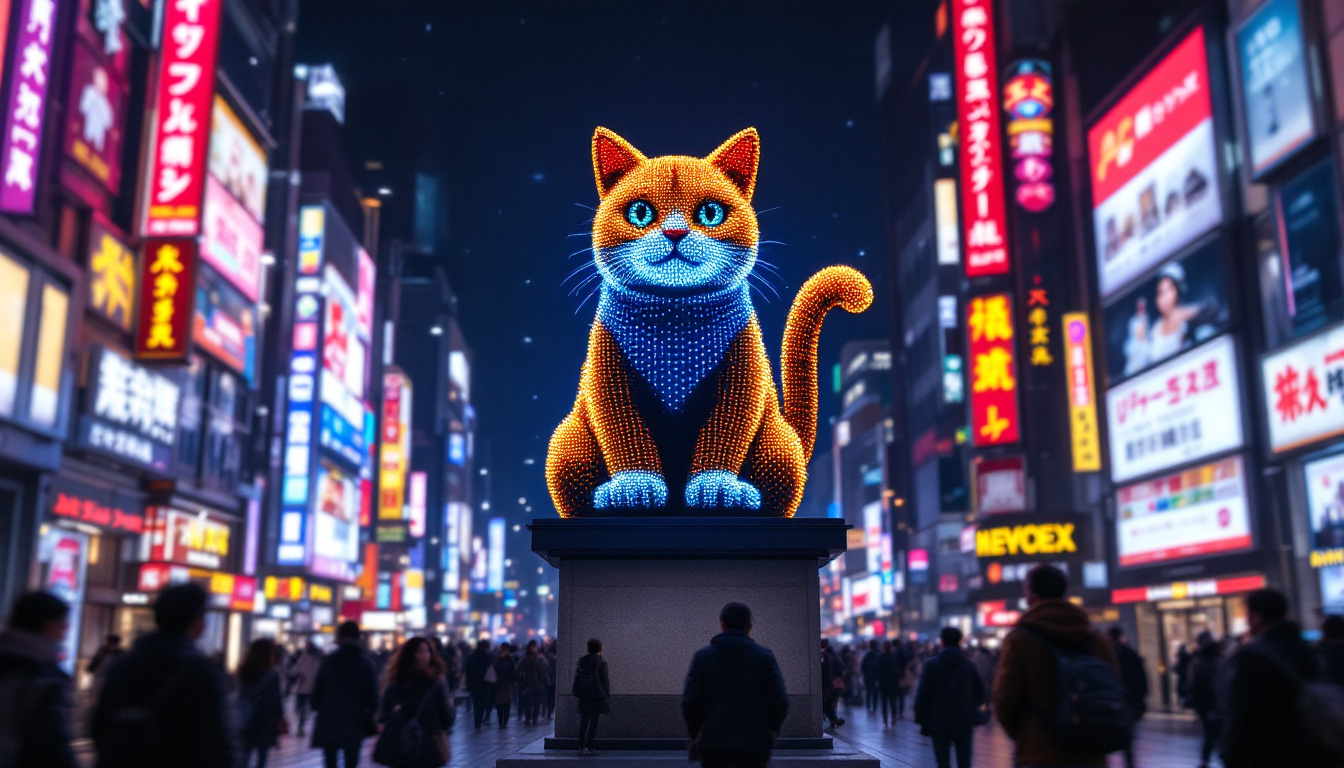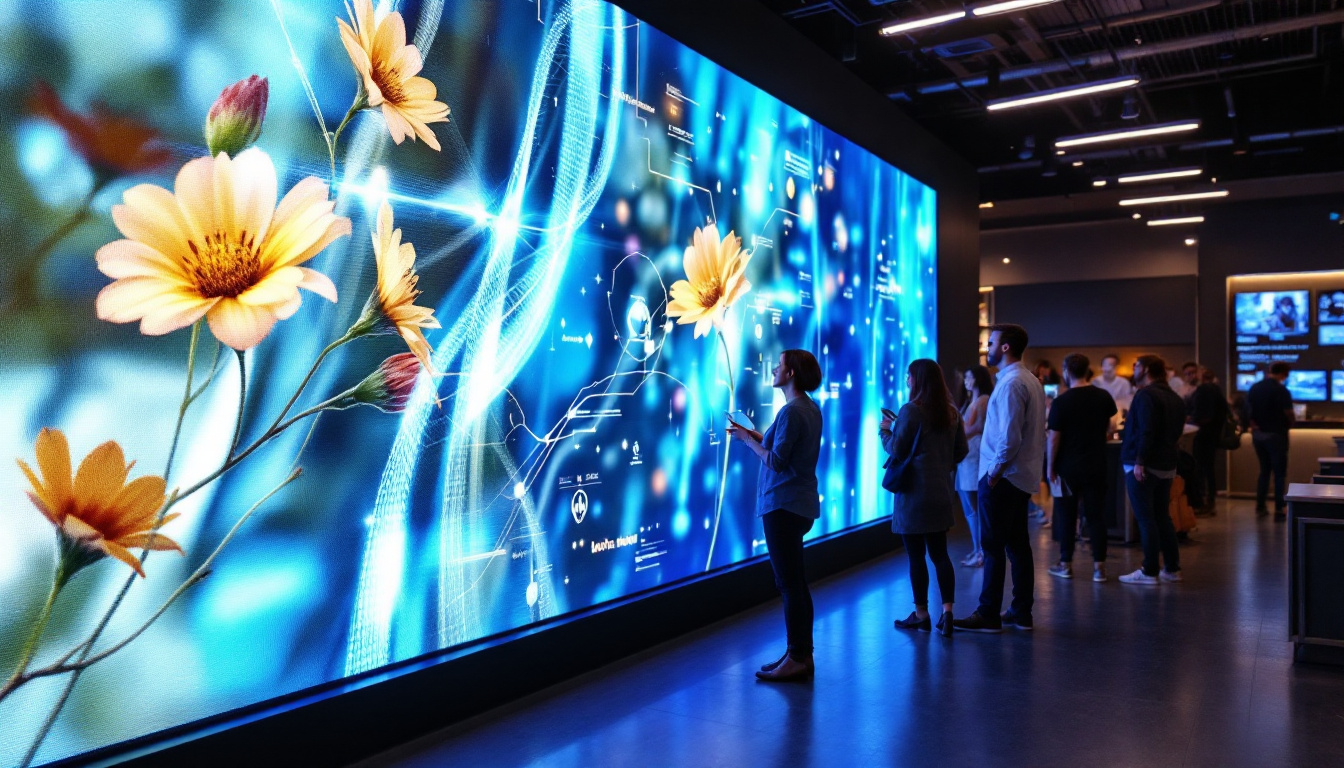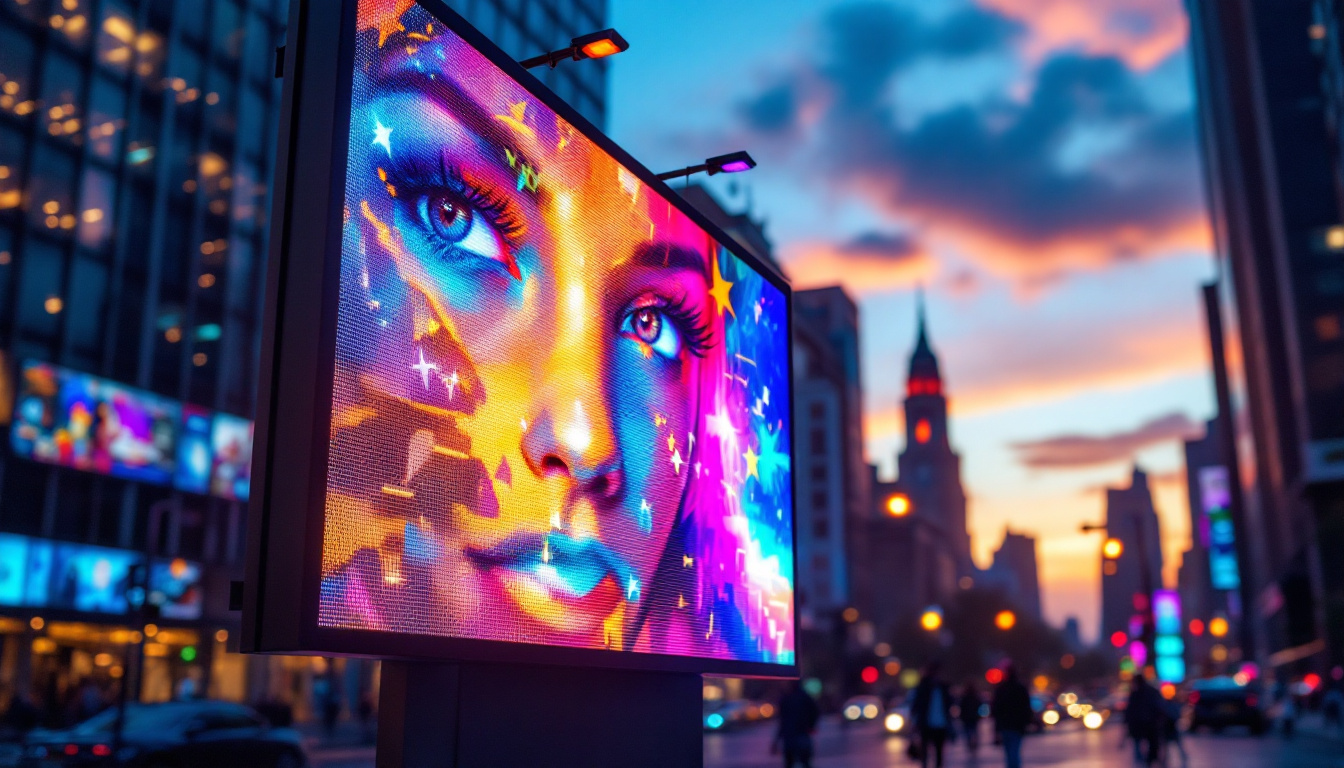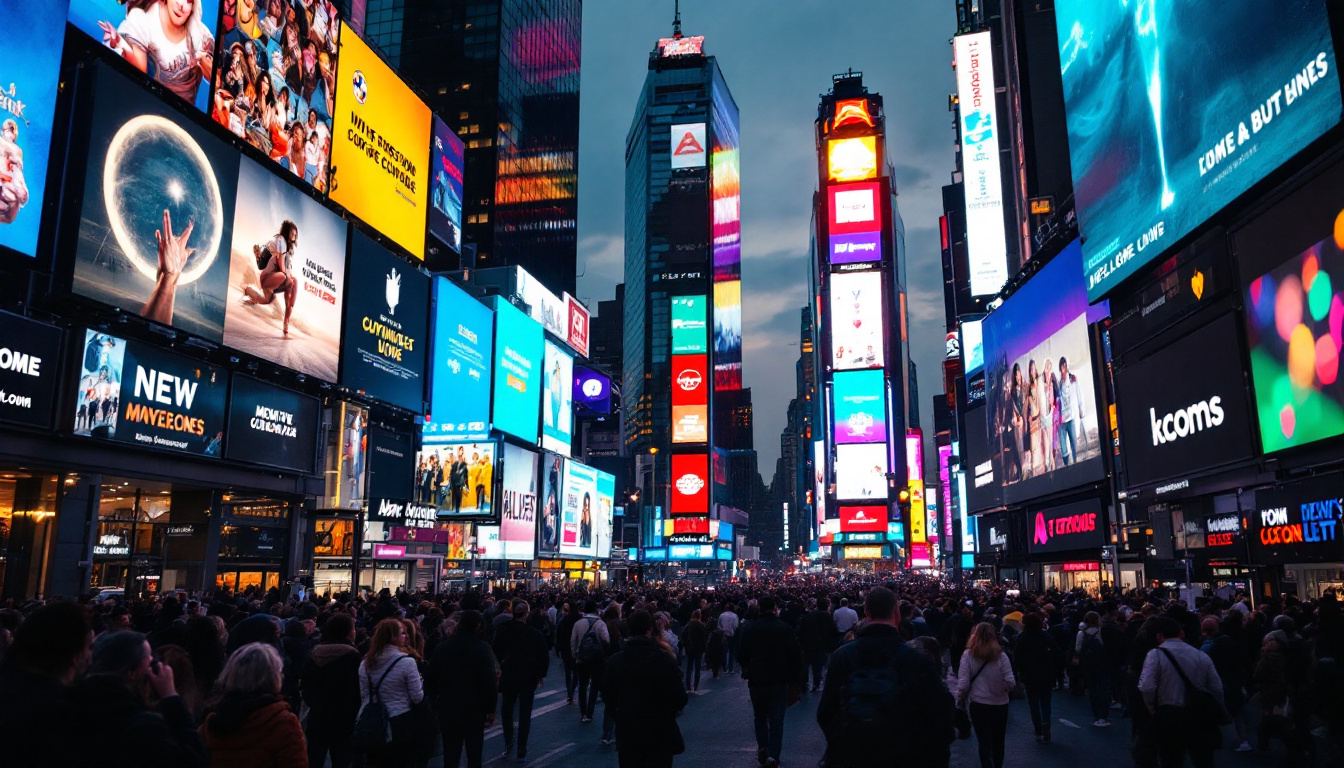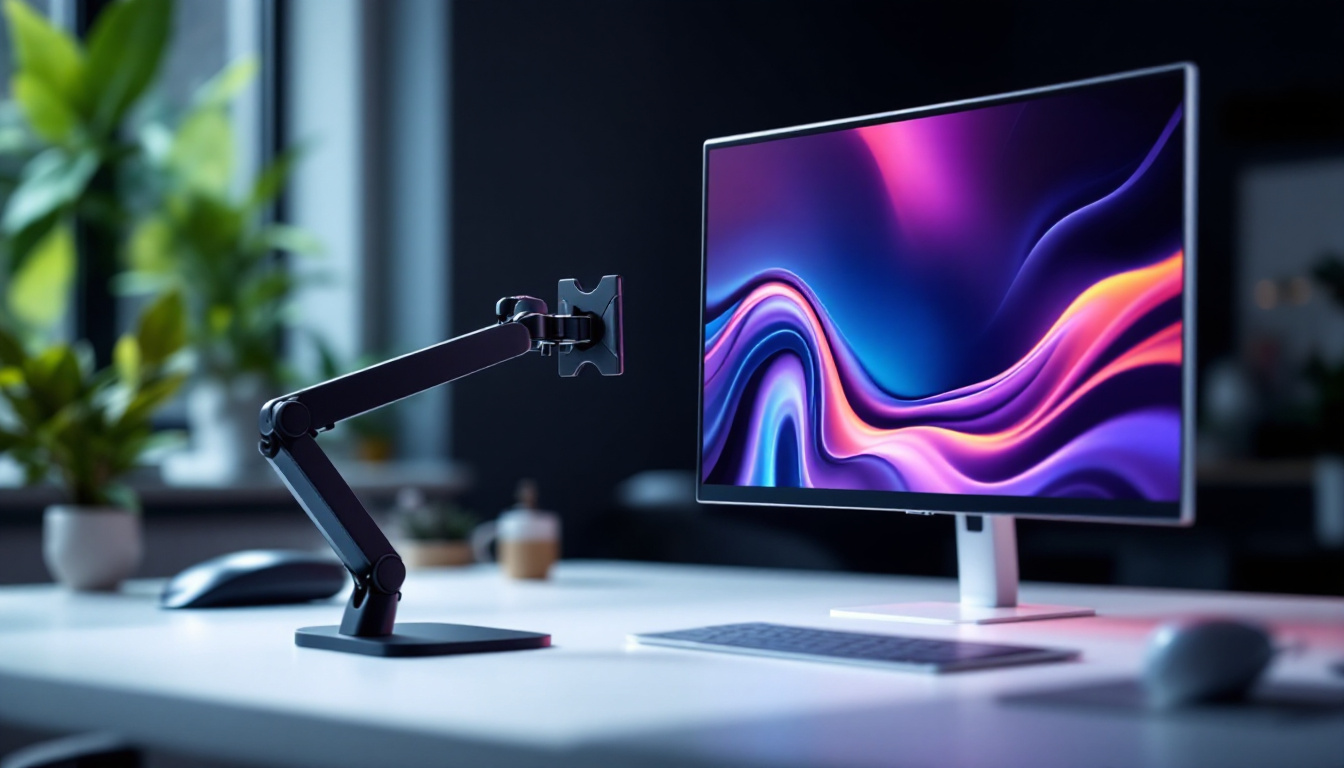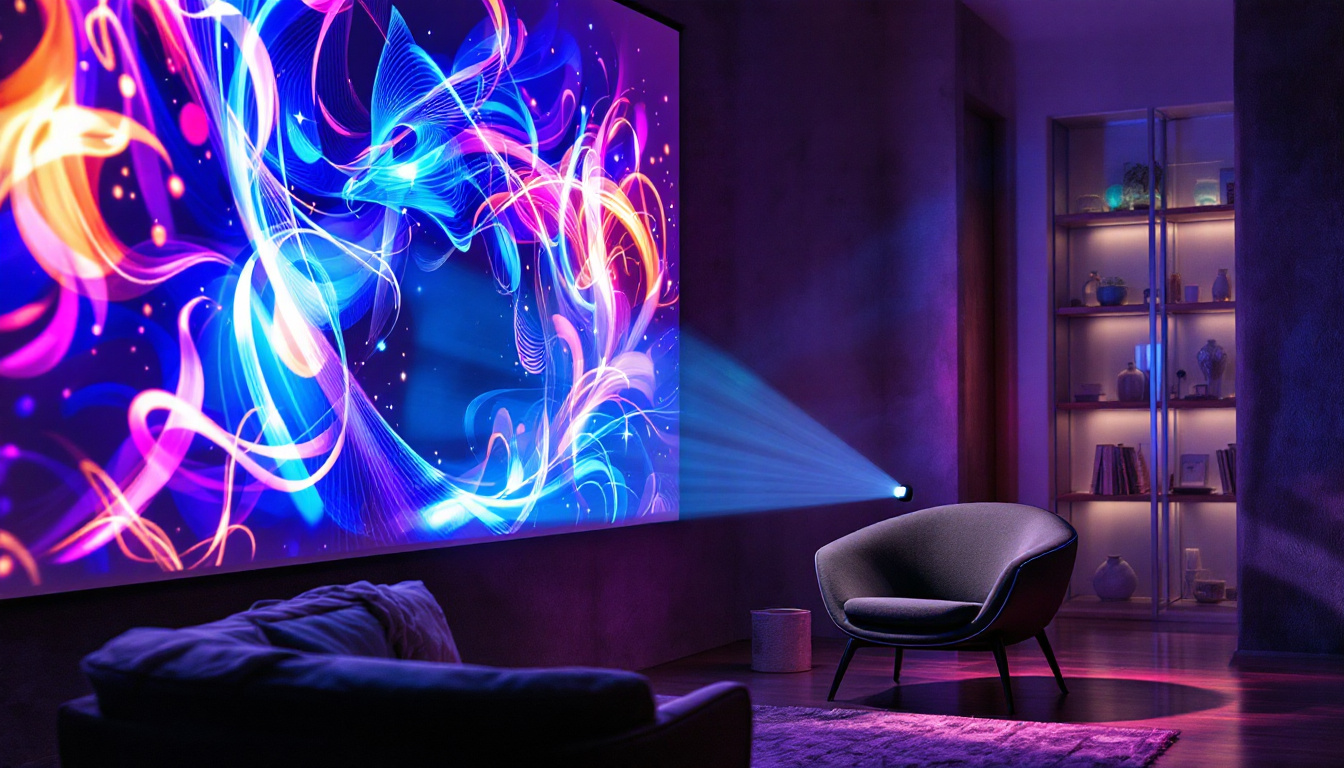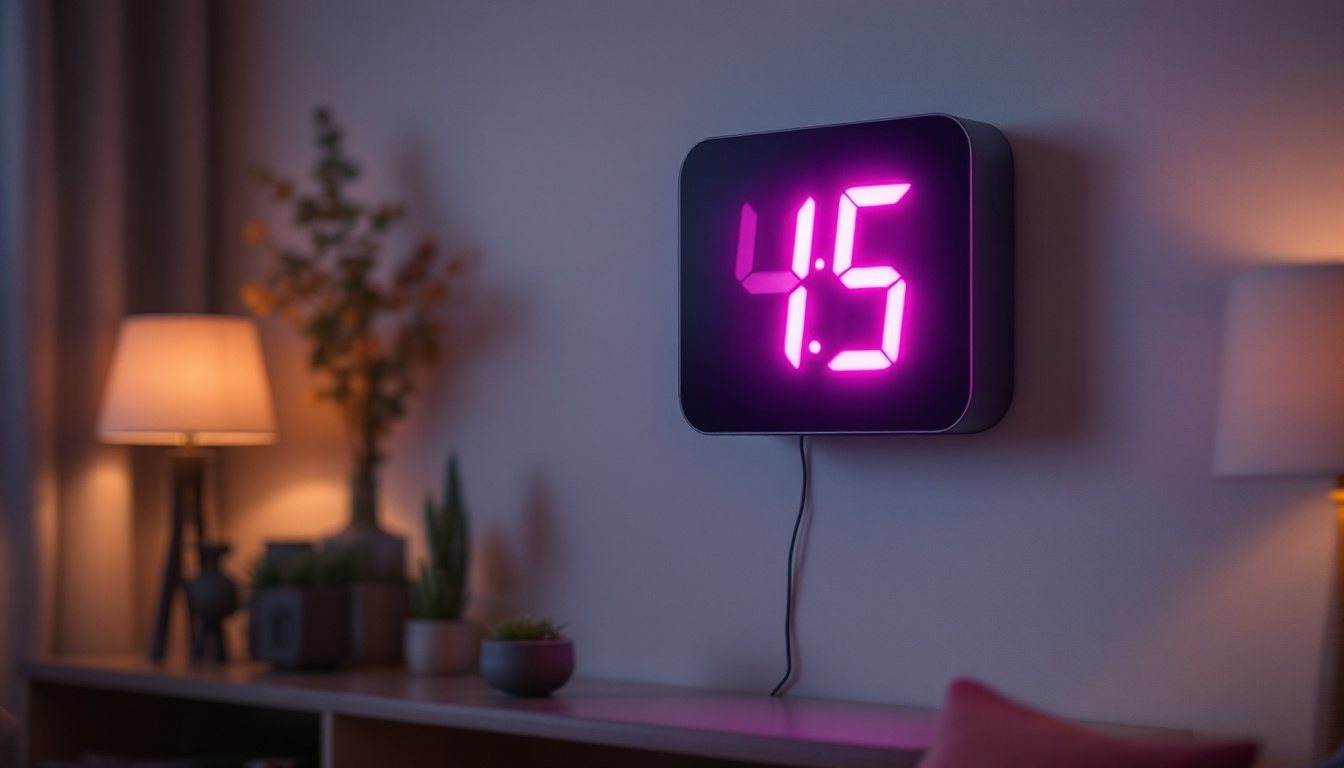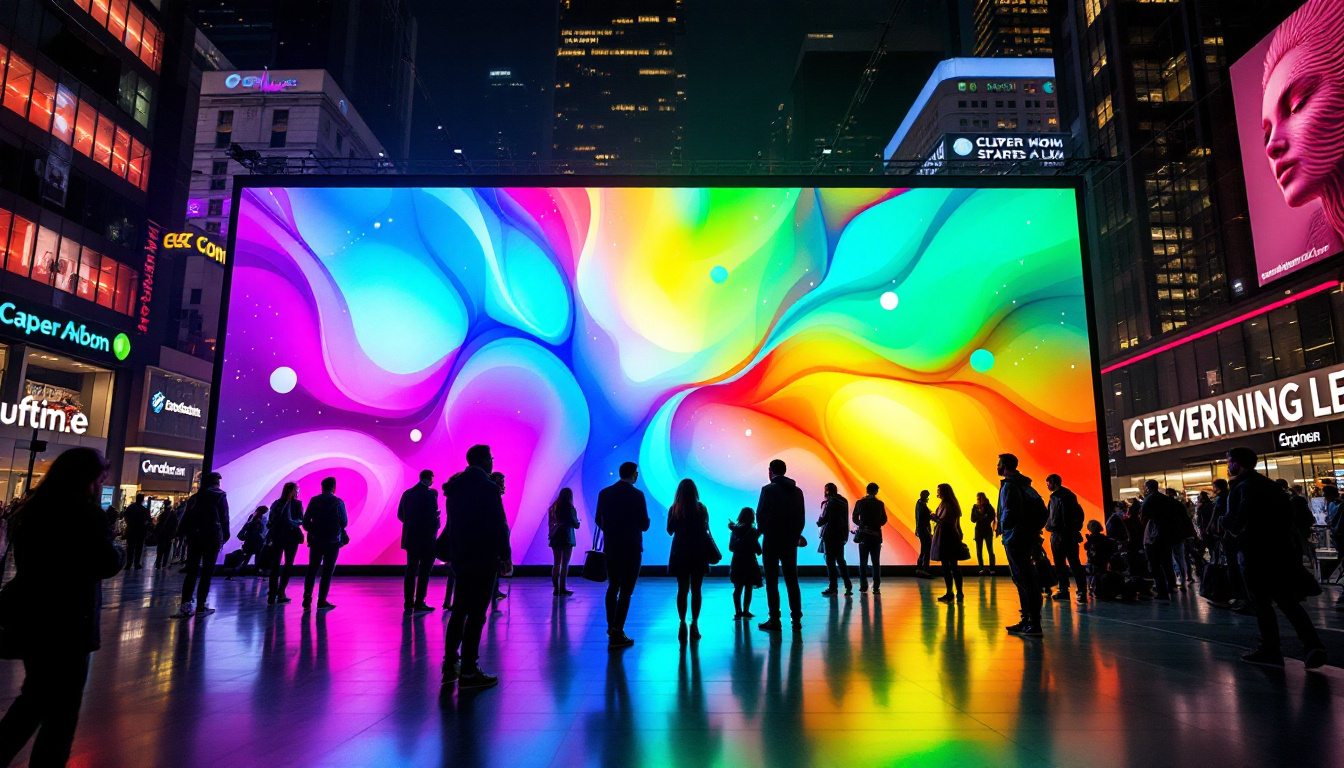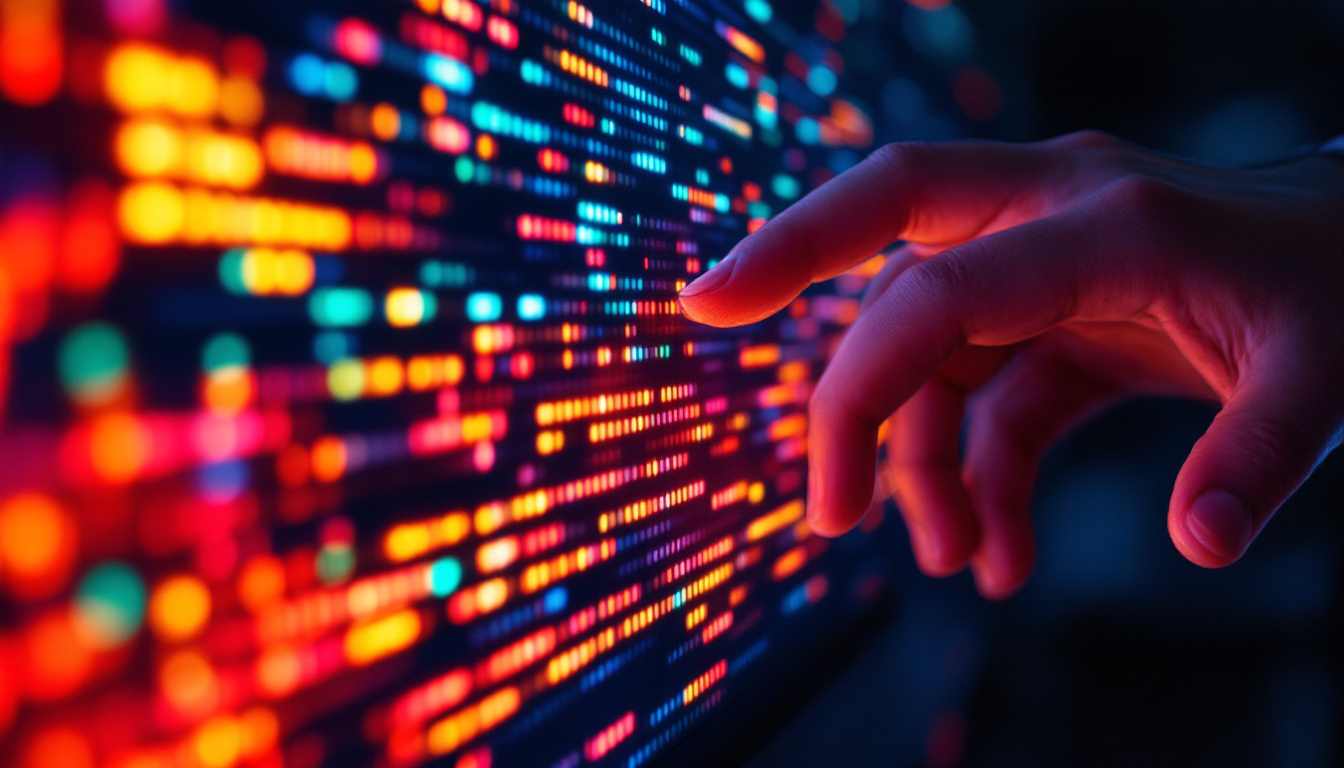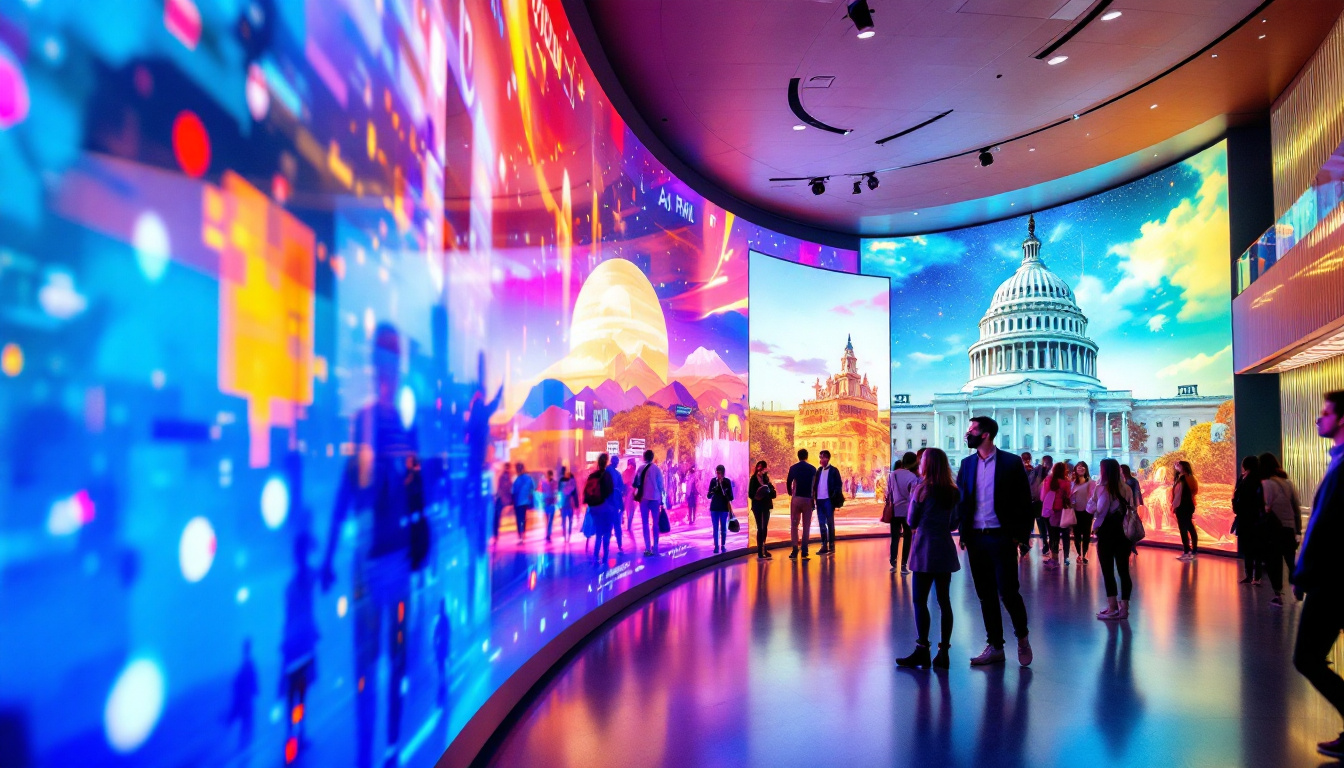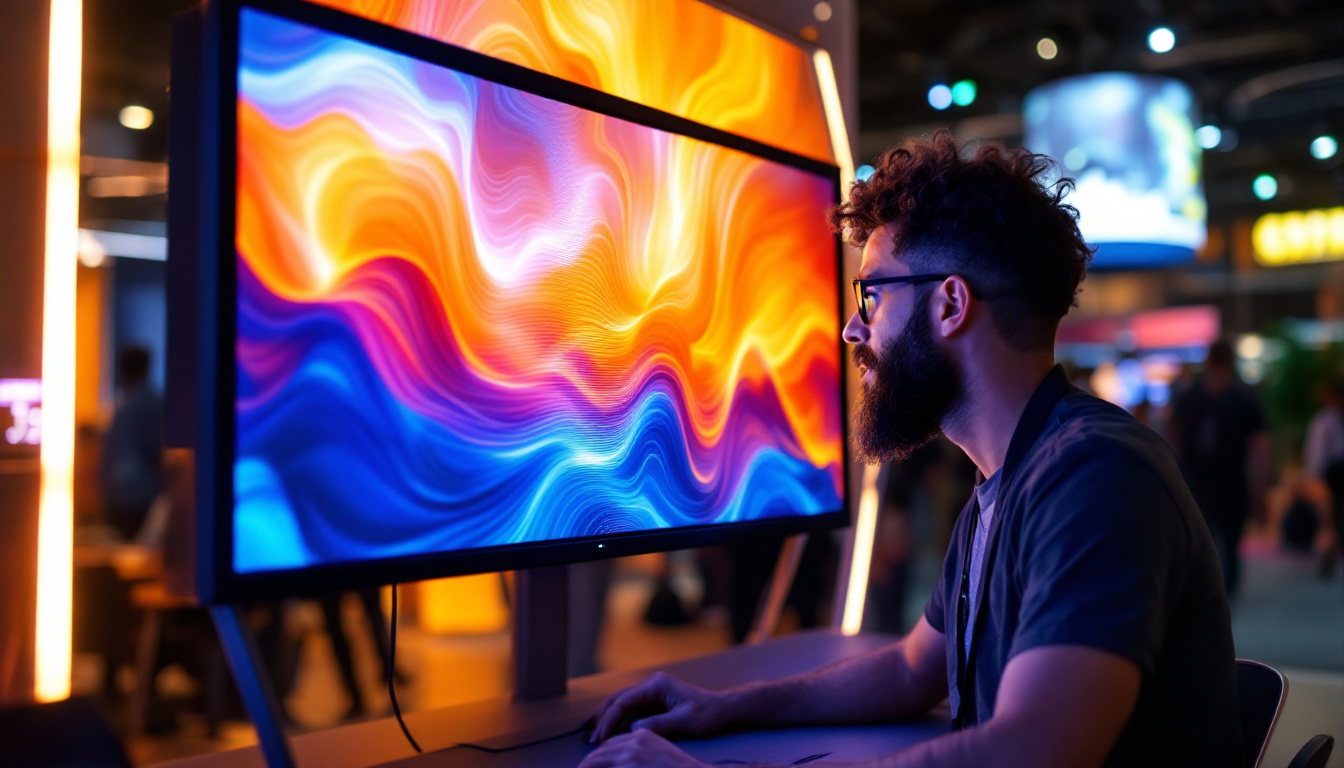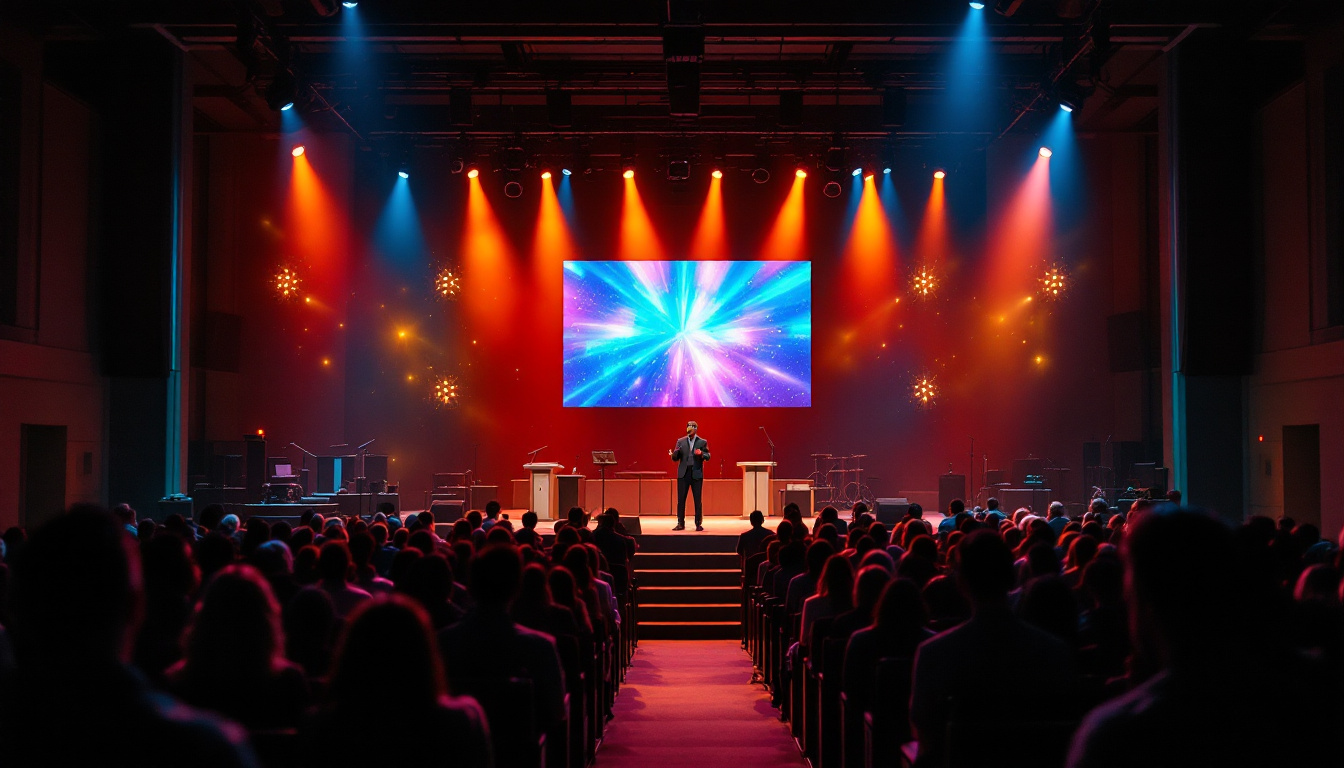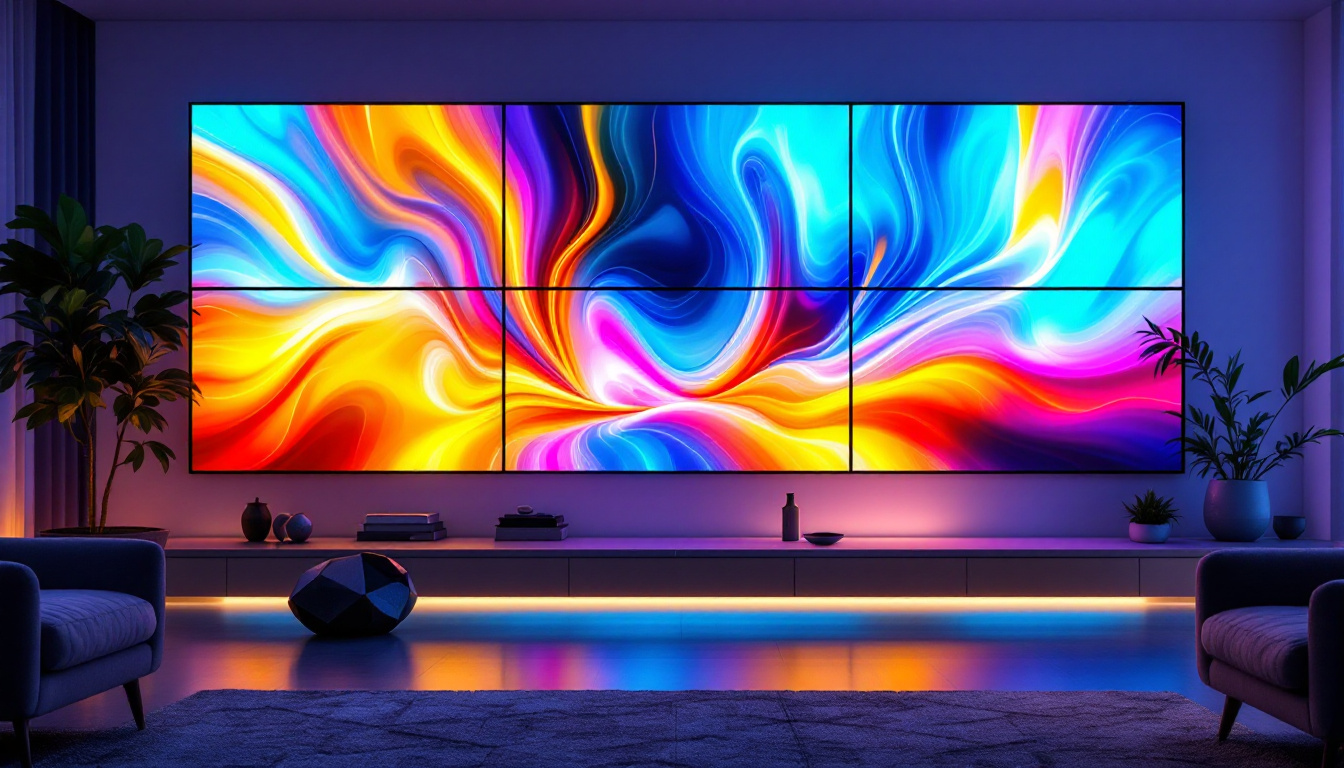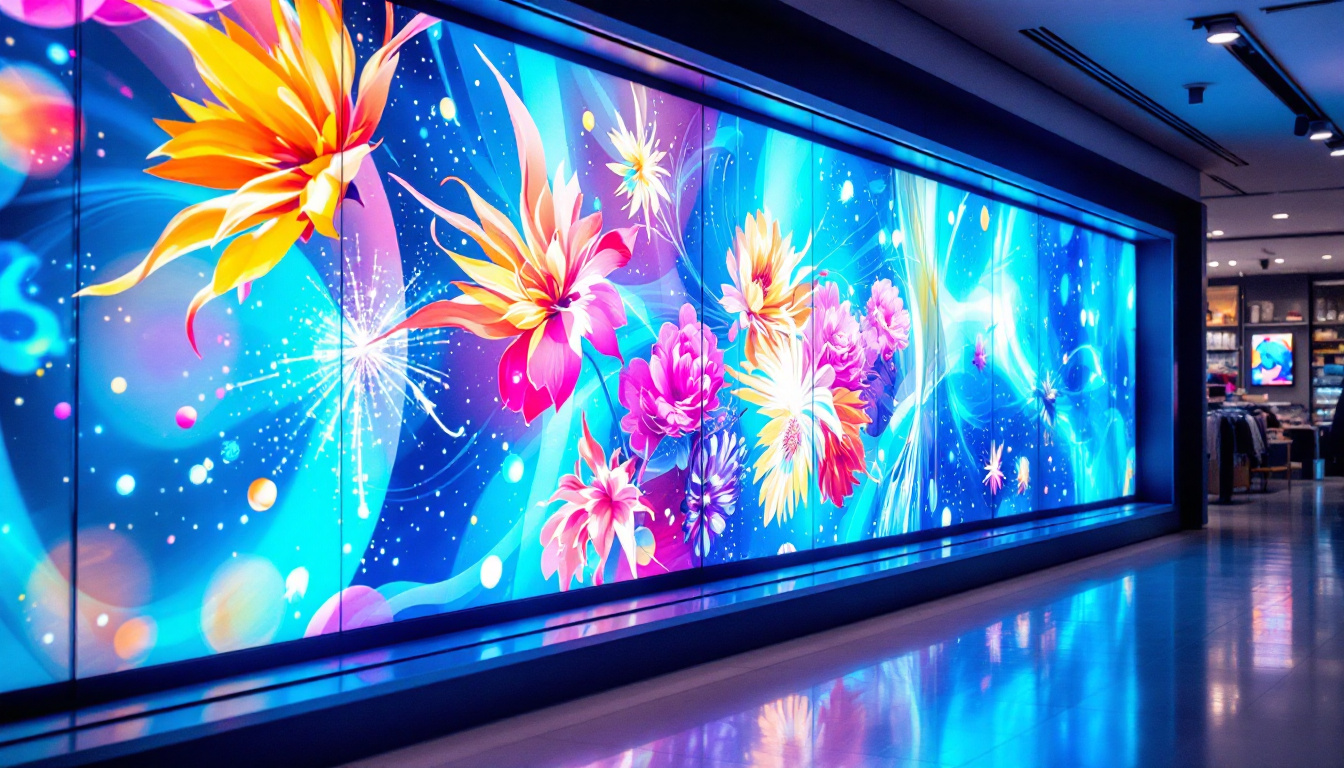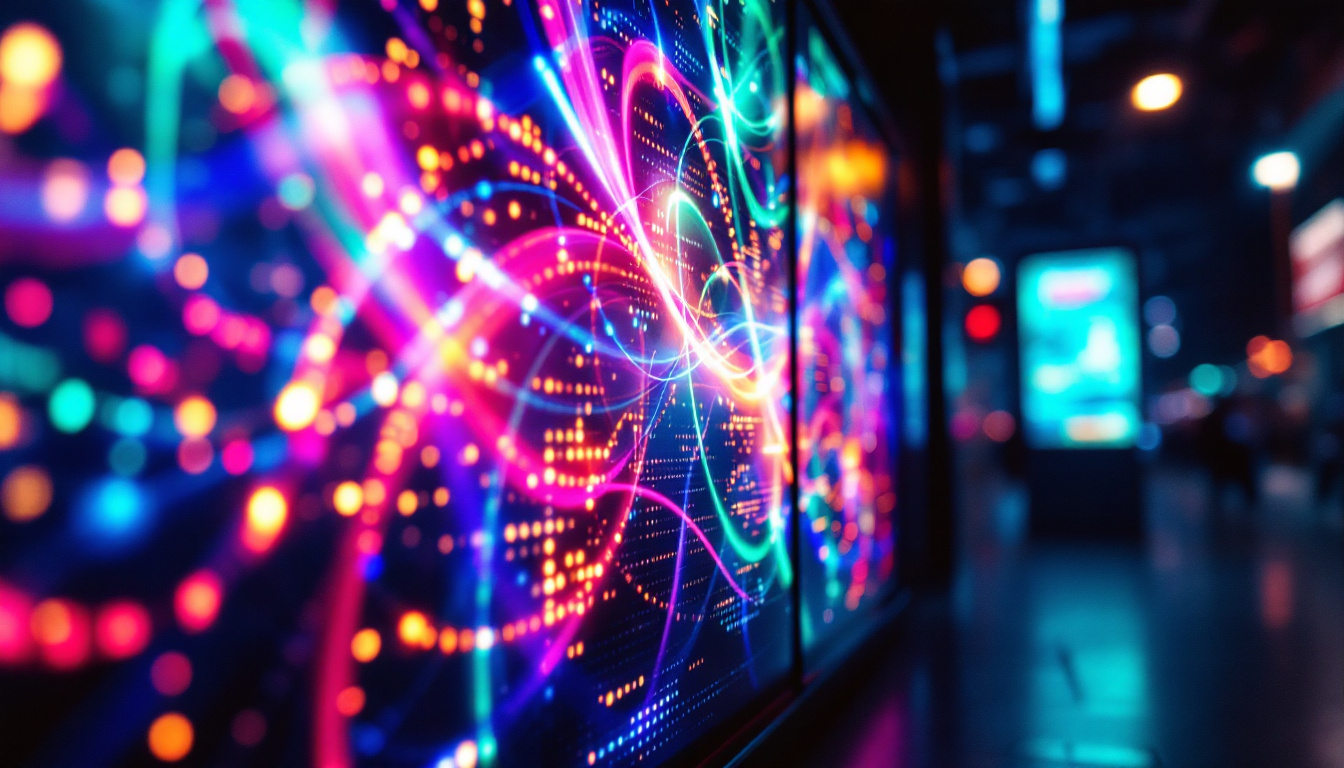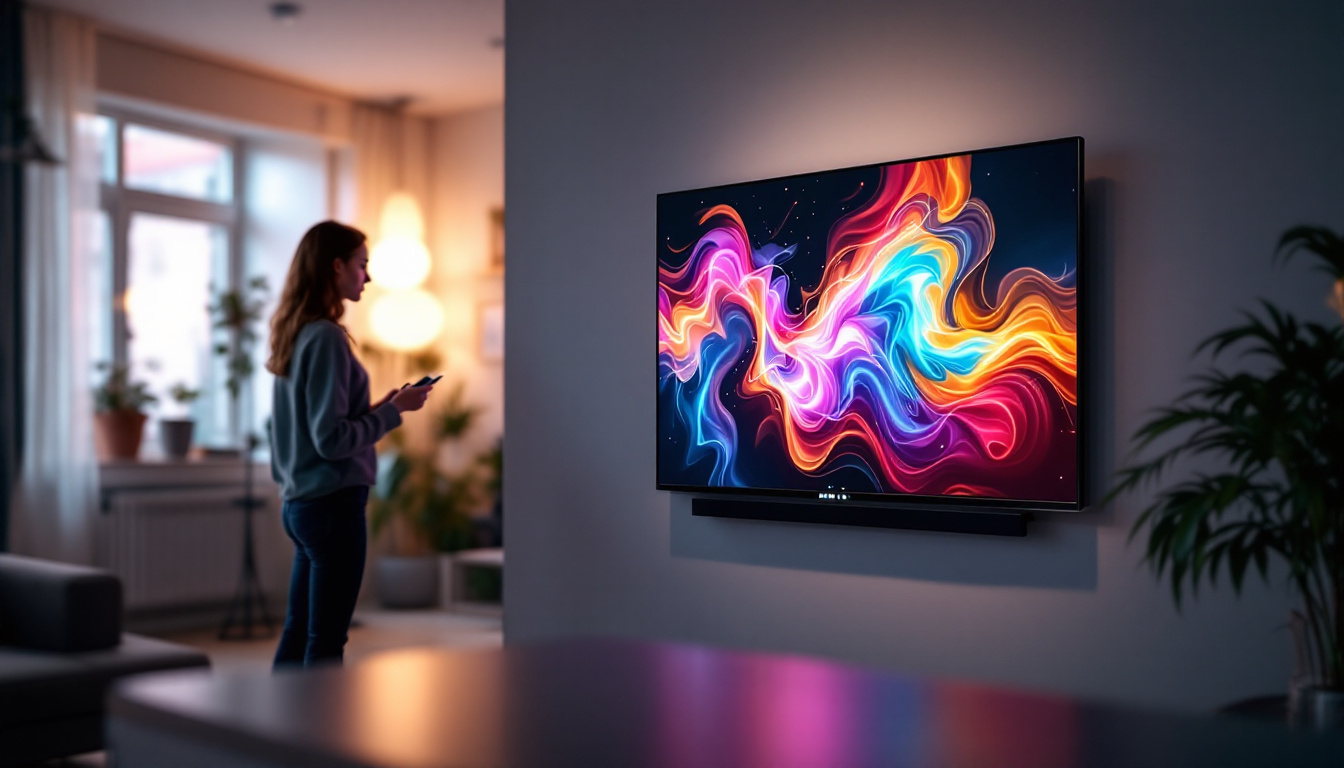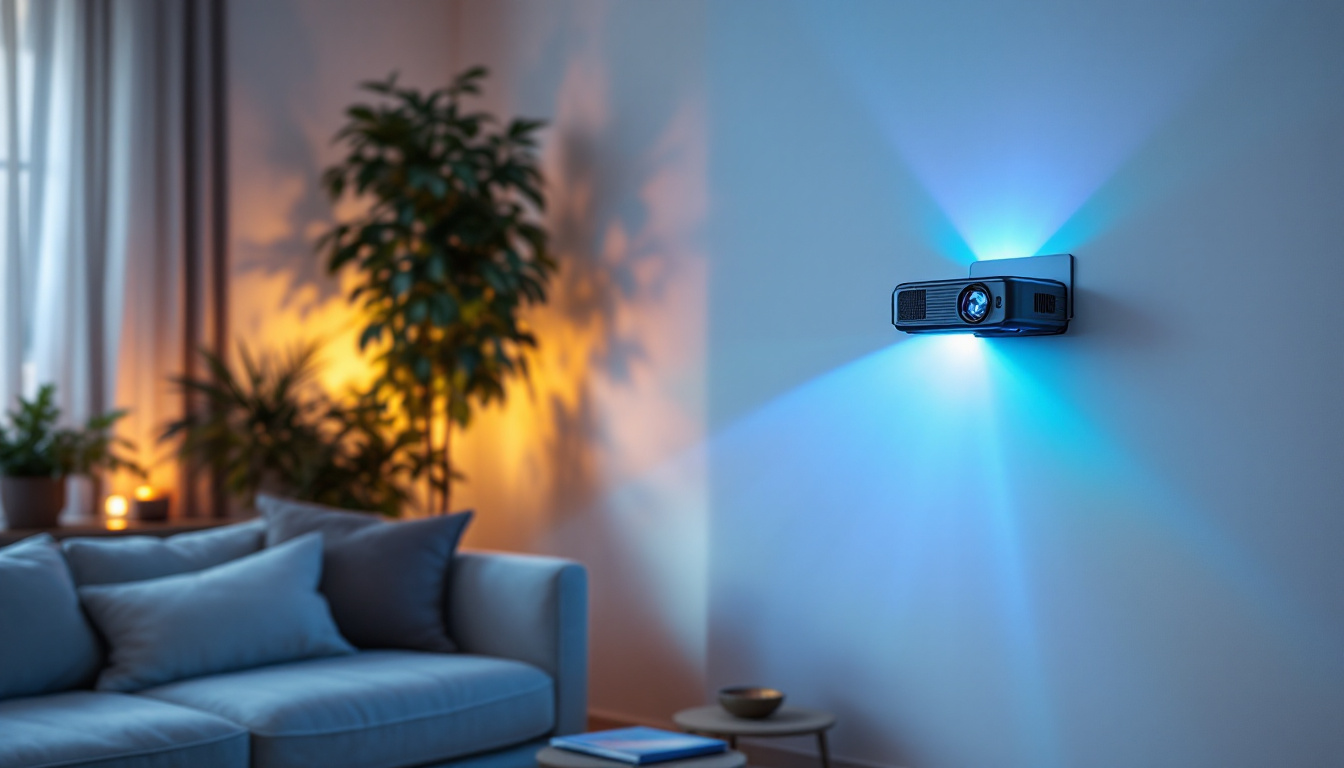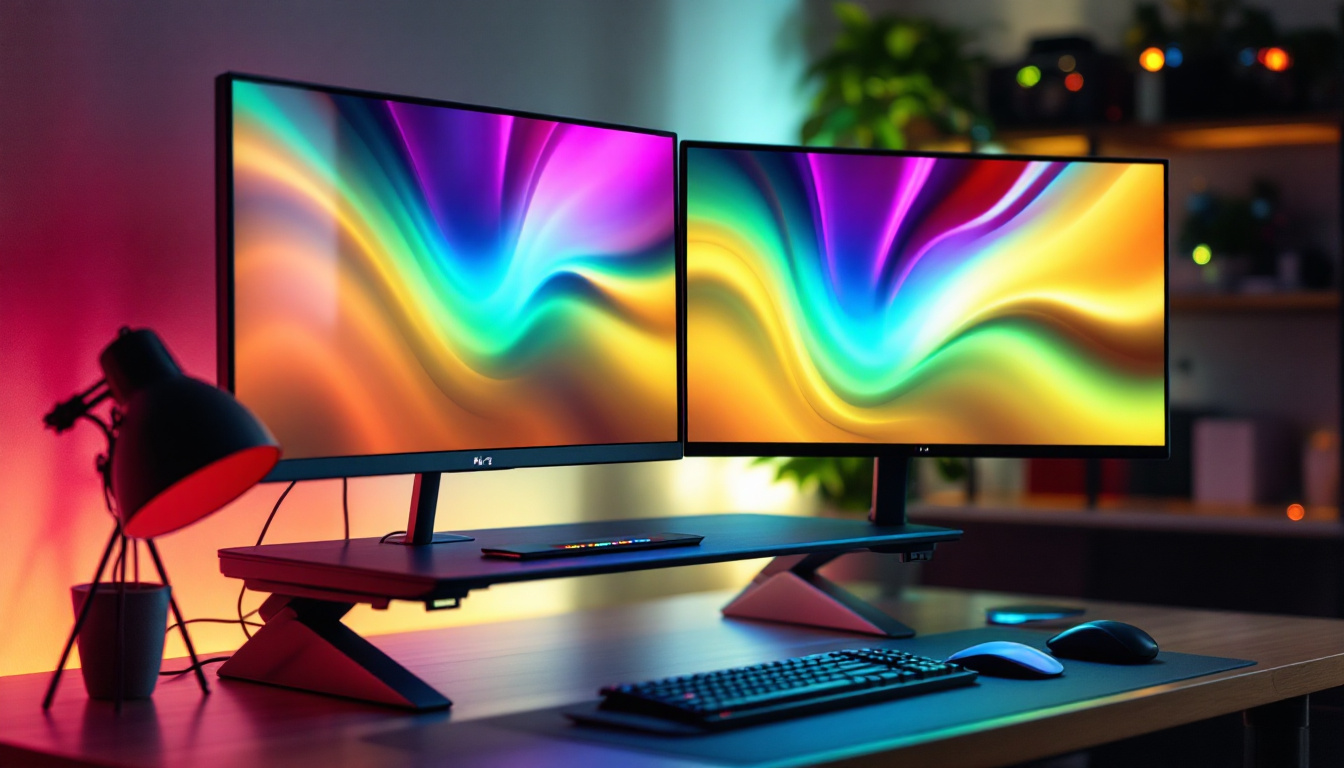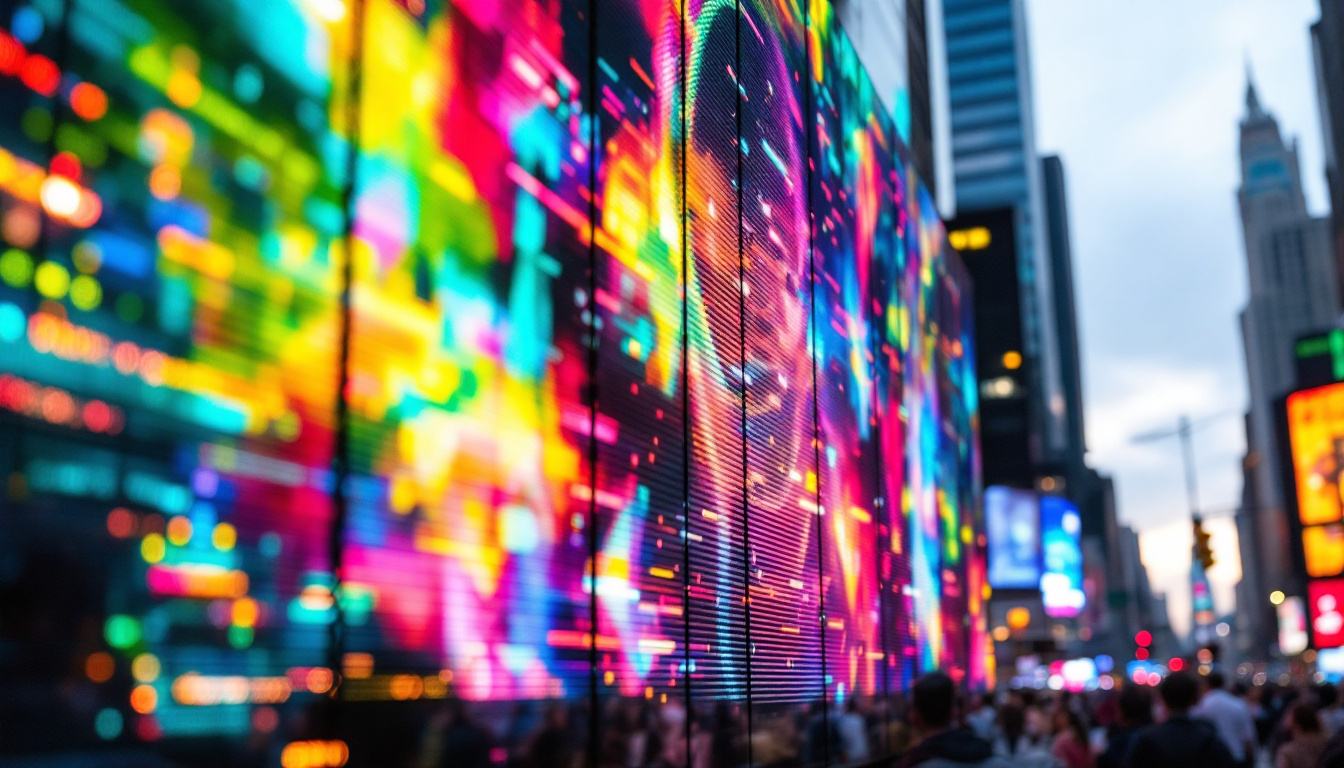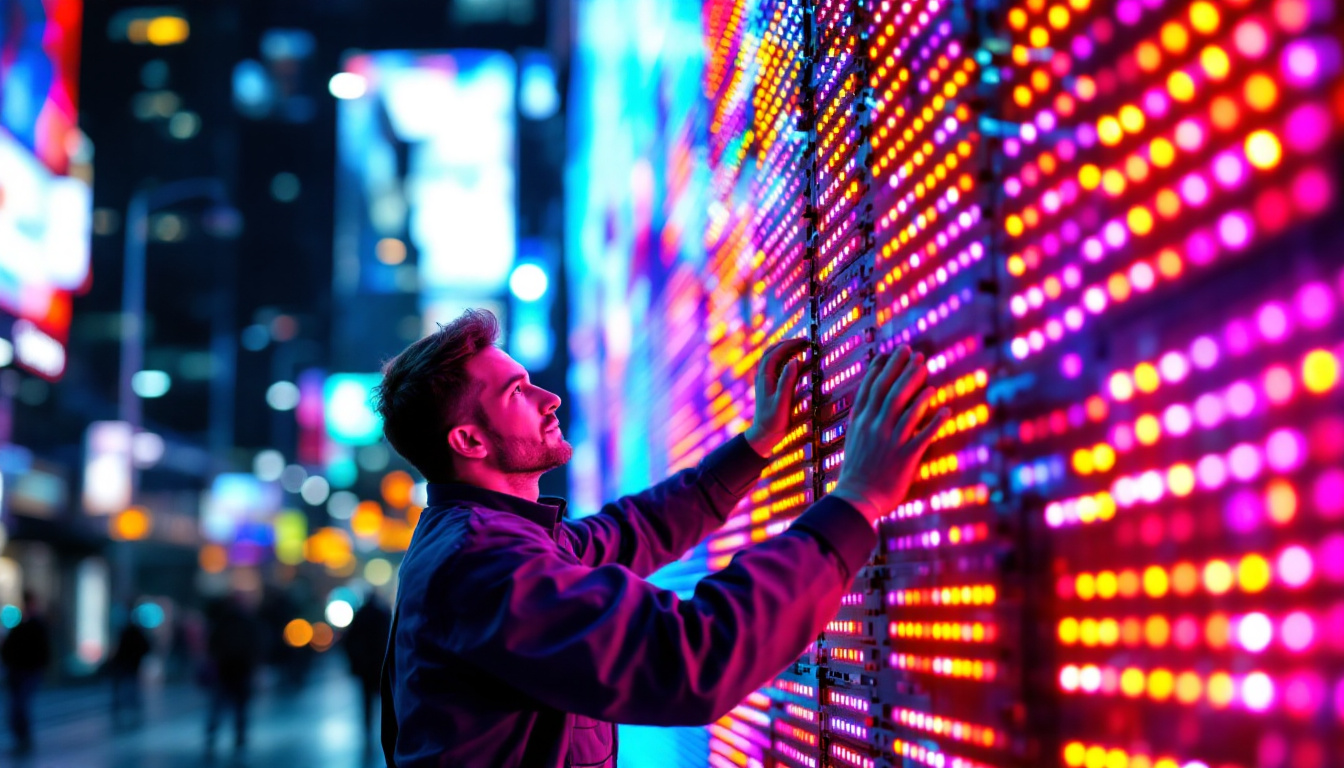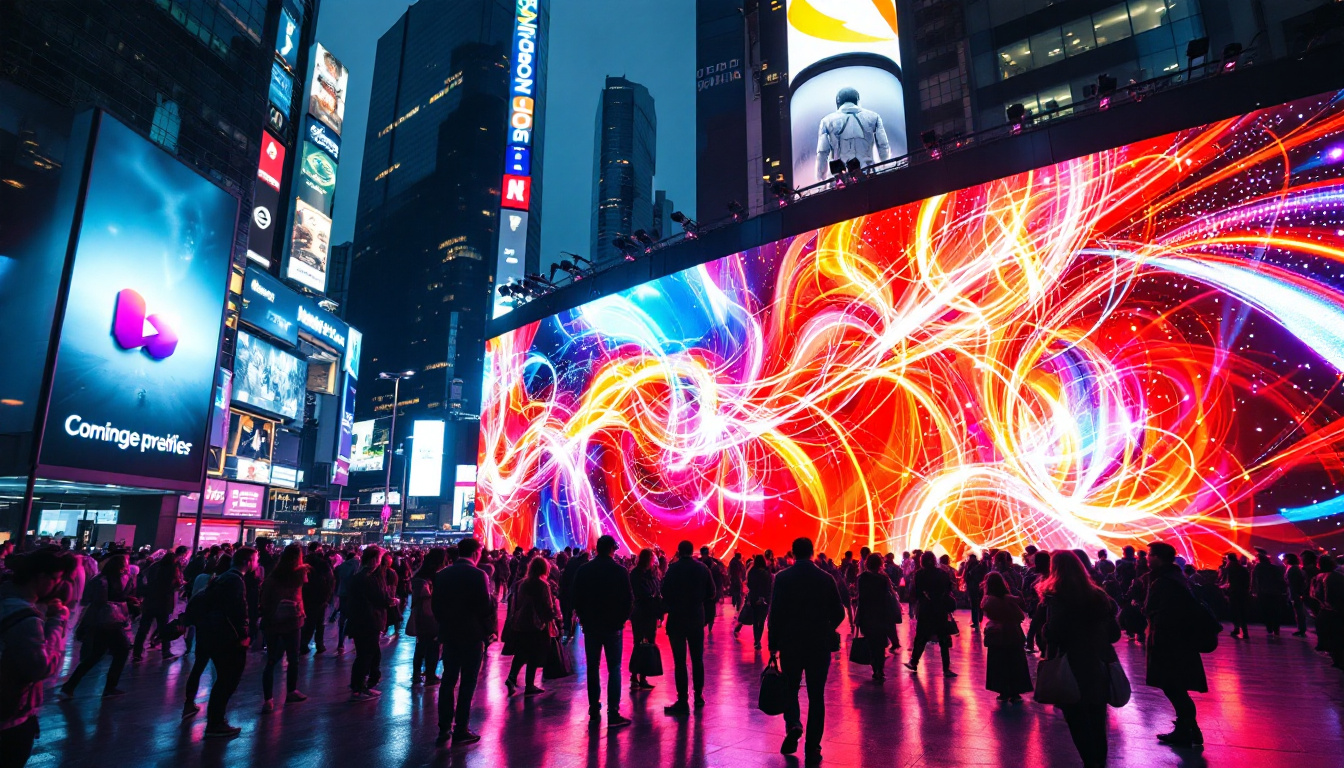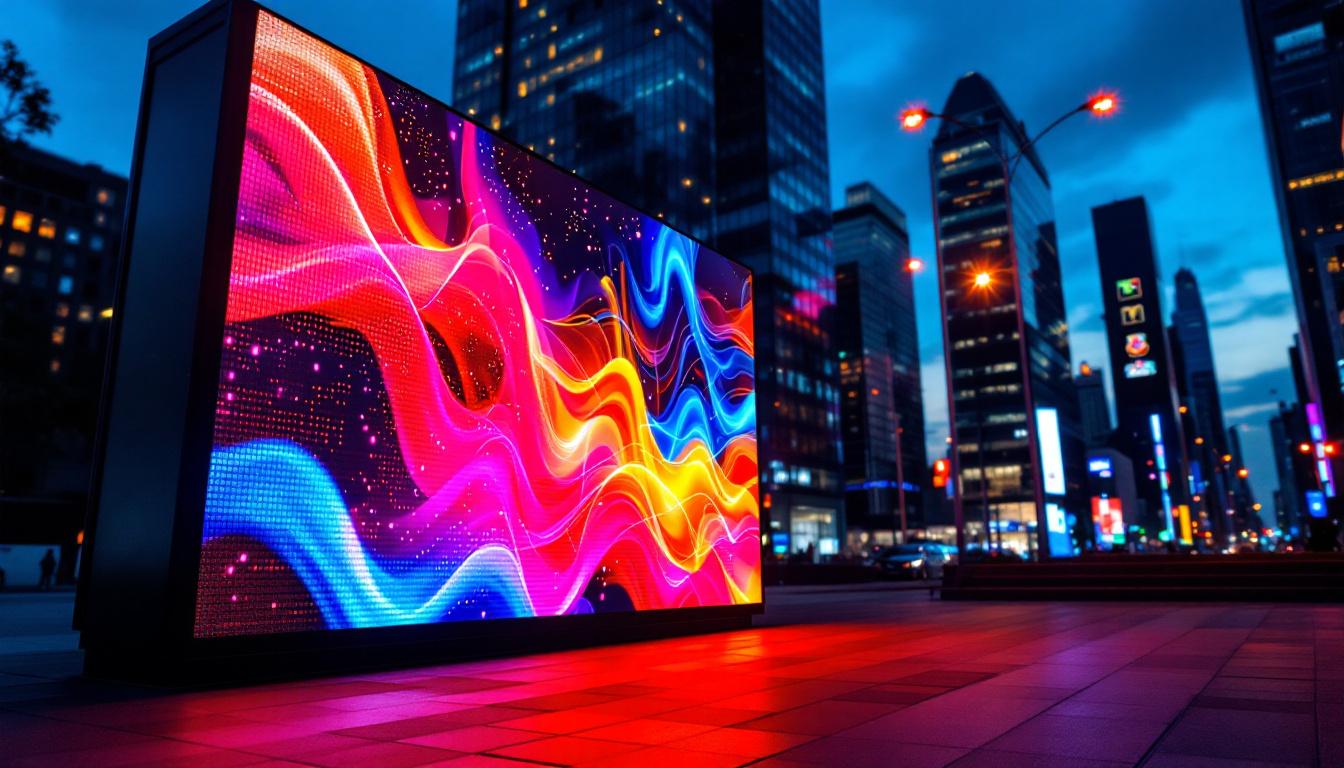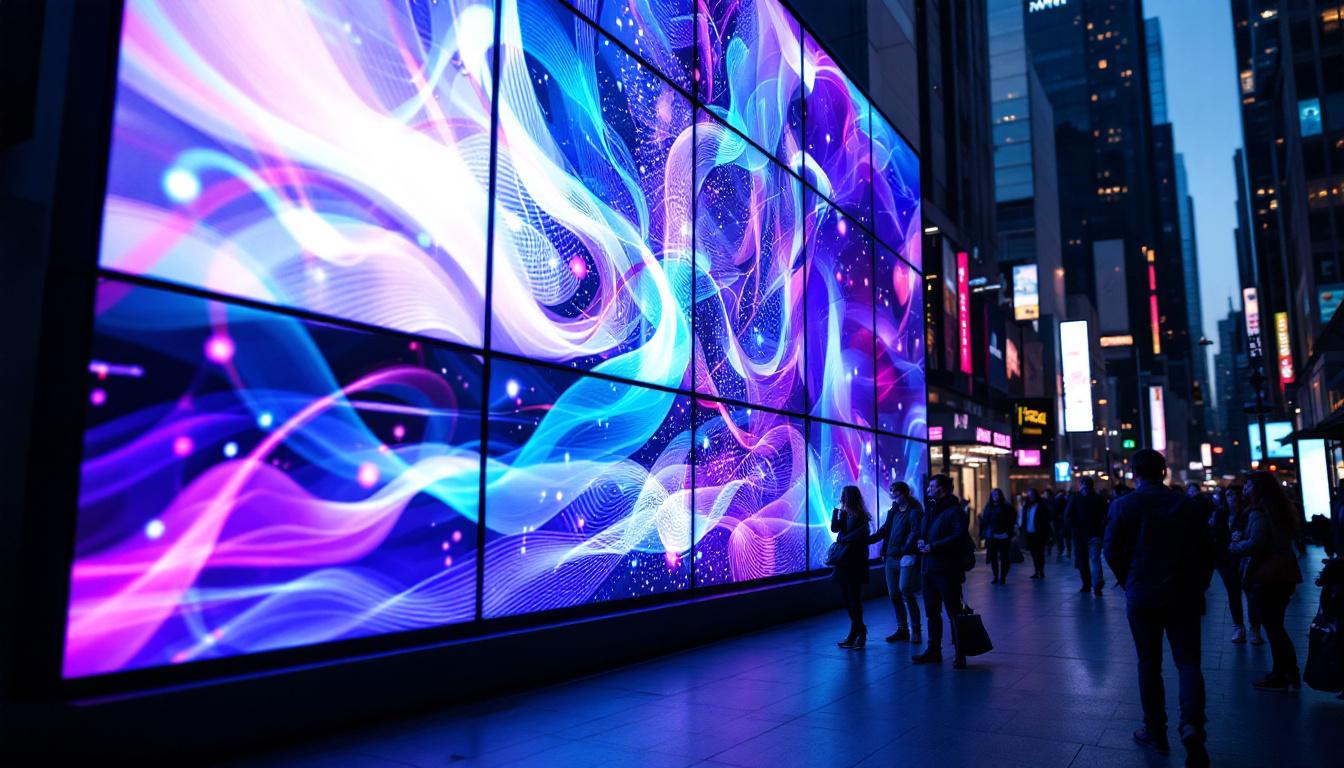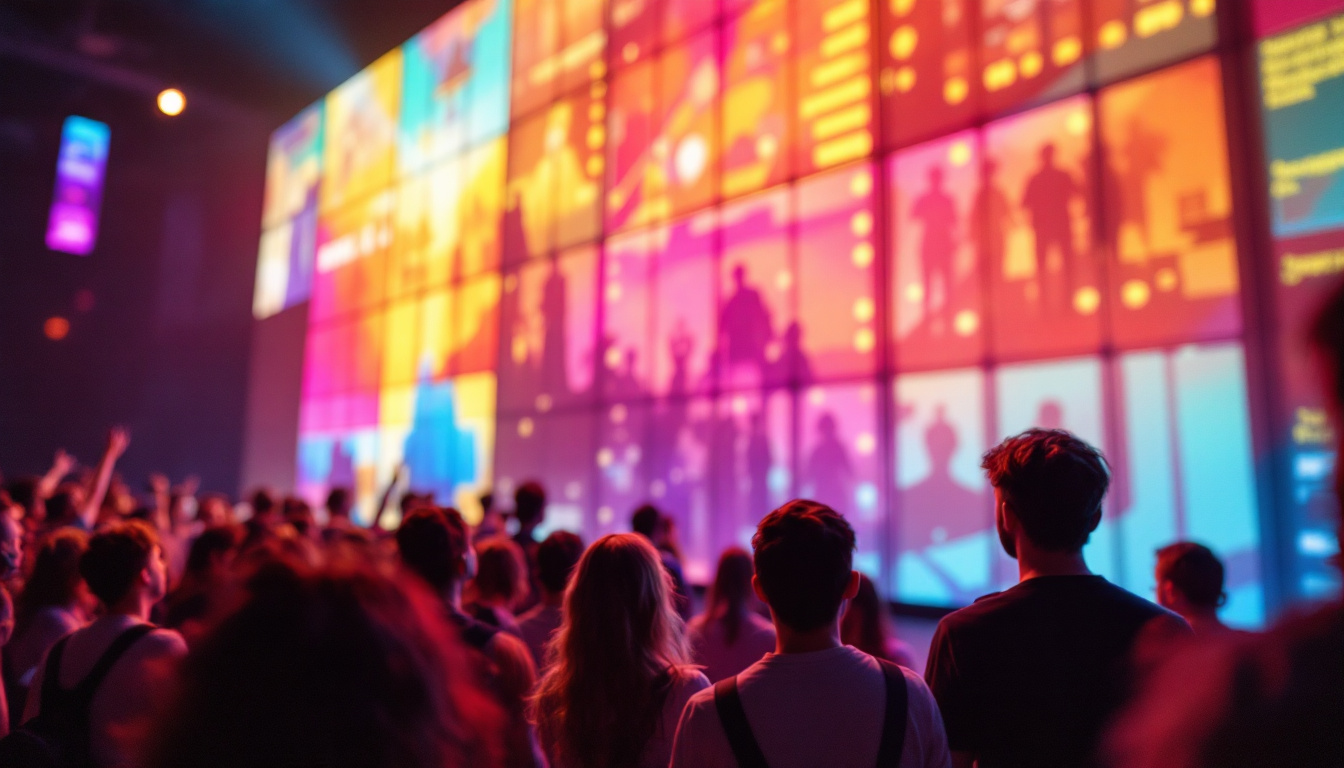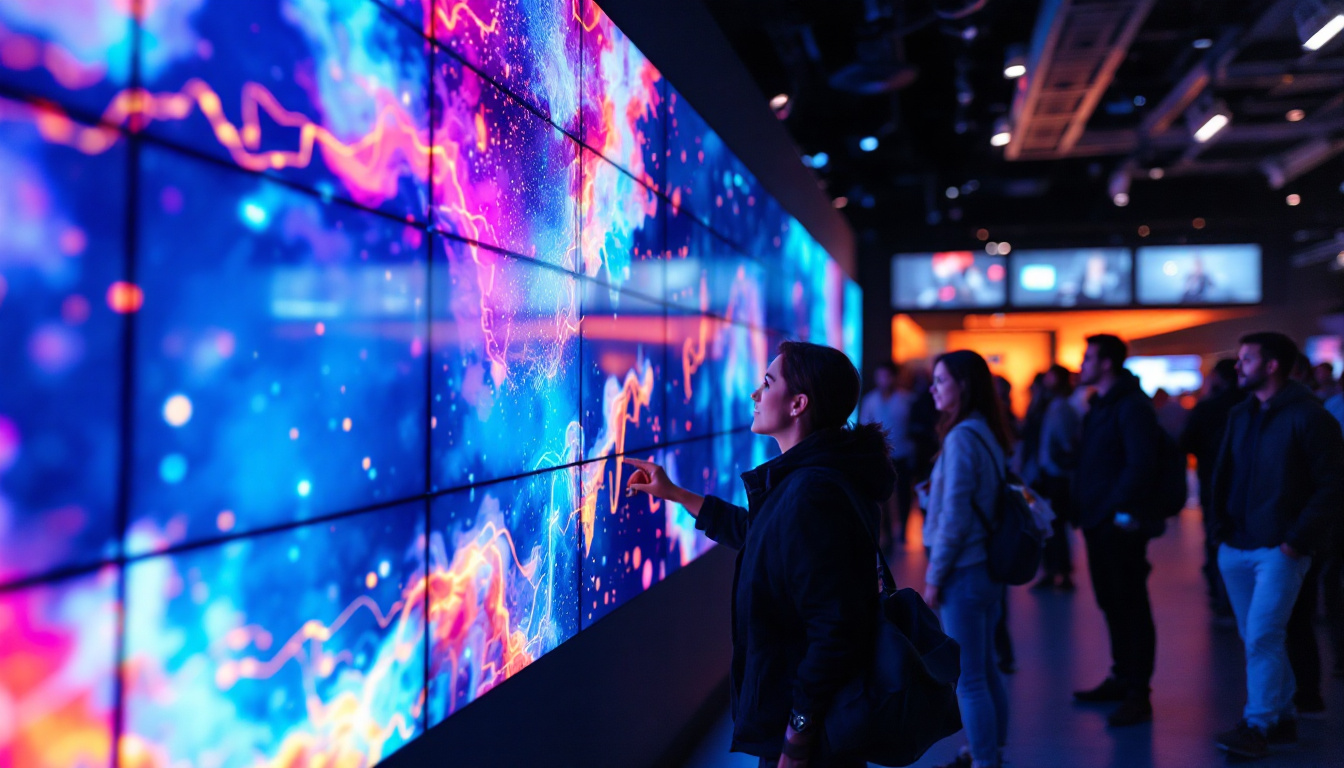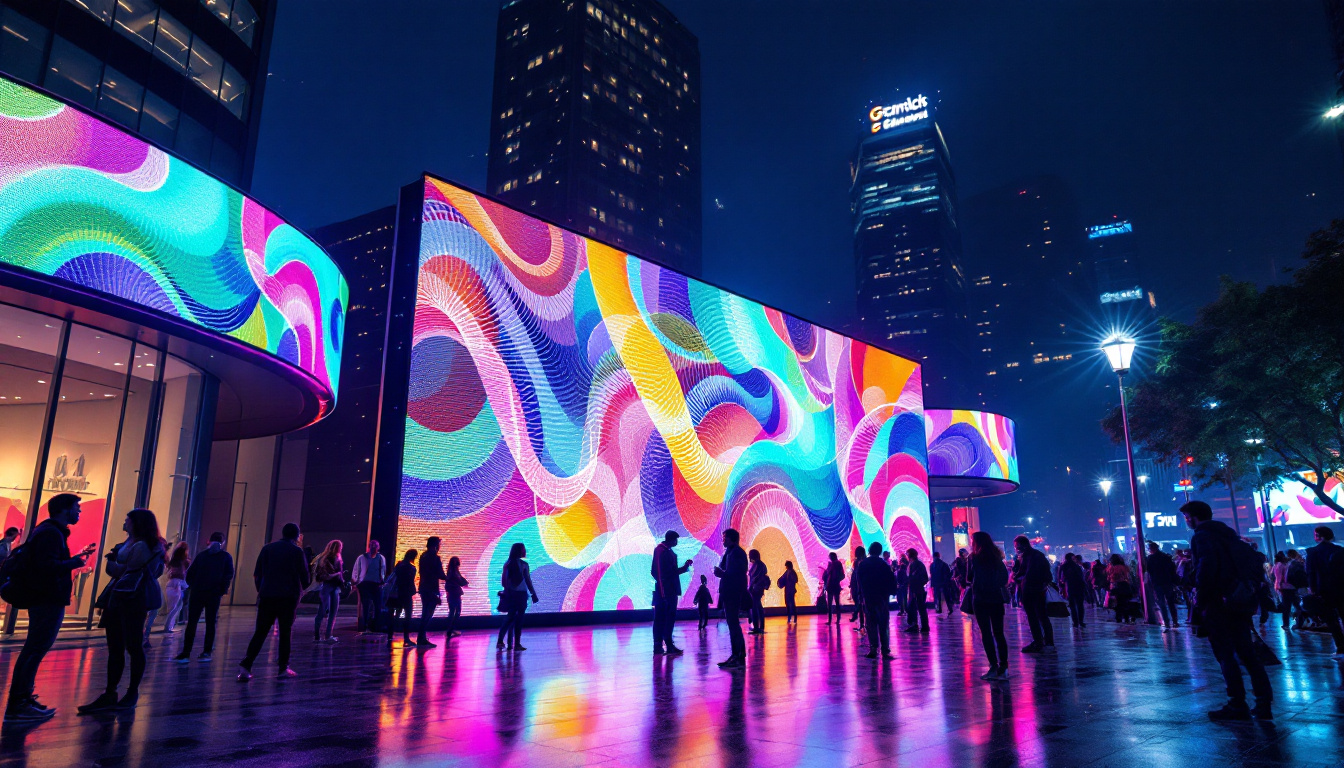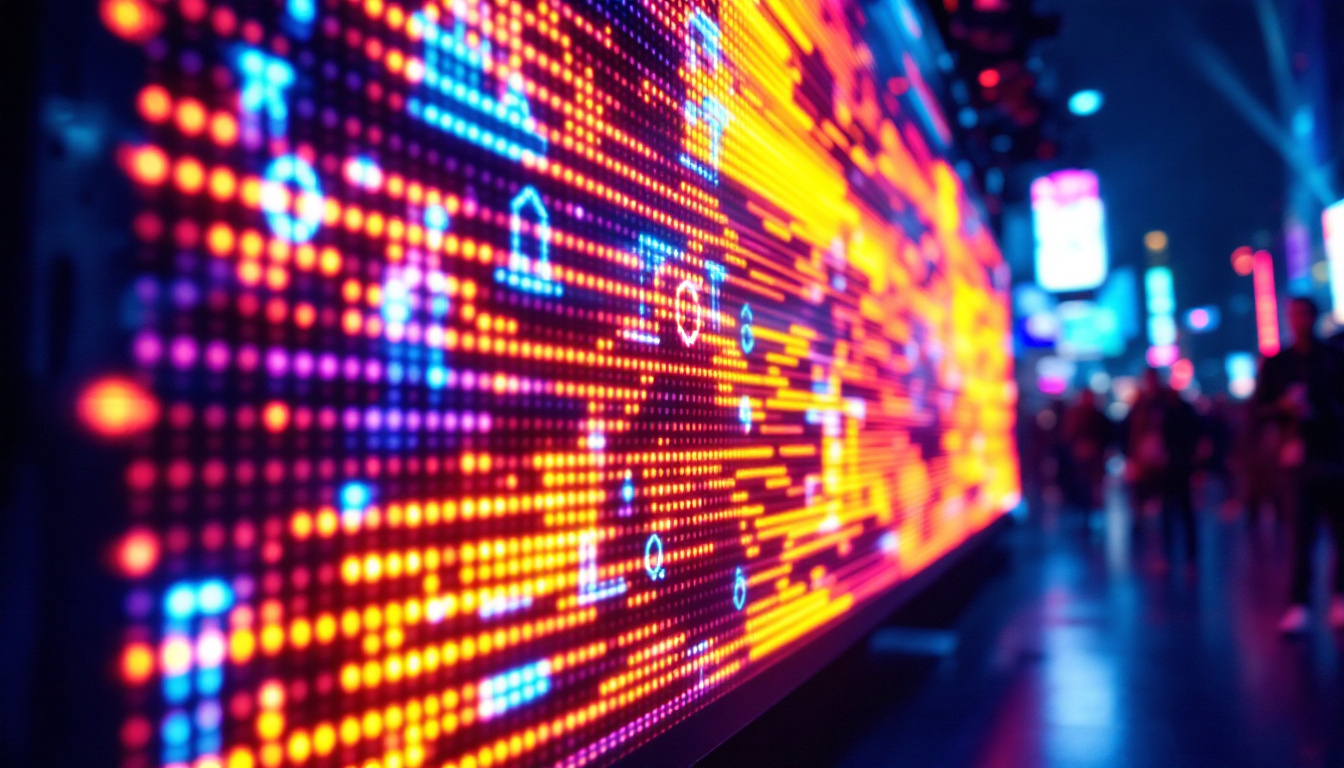In the bustling heart of Tokyo, Shinjuku Station stands as one of the busiest transport hubs in the world. It serves millions of commuters each day, making it a focal point for both locals and tourists alike. Among the many attractions in this vibrant area, the iconic 3D cat billboard has captured the attention of passersby, showcasing the power and creativity of LED display technology. This article delves into the fascinating world of LED displays, exploring their evolution, functionality, and the impact they have on urban landscapes.
The Evolution of LED Displays
From Simple Indicators to Dynamic Displays
LED (Light Emitting Diode) technology has come a long way since its inception. Initially used for simple indicators and basic lighting, the development of advanced LED technology has paved the way for vibrant displays that can convey complex messages and images. The transition from monochrome displays to full-color screens has revolutionized advertising and public communication.
The first LED displays were primarily used in electronic devices, but as technology advanced, their applications expanded into signage and advertising. The introduction of RGB (Red, Green, Blue) LEDs allowed for a broader spectrum of colors, enabling the creation of dynamic and eye-catching visuals. This evolution has made LED displays a popular choice for businesses looking to enhance their visibility and engage their audience. As a result, we now see LED displays not just in retail environments but also adorning stadiums, concert venues, and public squares, turning them into vibrant canvases that capture the attention of passersby.
In addition to commercial applications, LED displays have also found their way into art installations and public displays, blurring the lines between technology and creativity. Artists are increasingly using LED technology to create immersive experiences that challenge traditional notions of art. These installations often incorporate movement, color changes, and interactivity, inviting viewers to engage with the artwork in ways that were previously unimaginable.
Technological Innovations in LED Displays
Recent innovations in LED technology have further enhanced the capabilities of displays. High-definition LED screens, for instance, offer improved resolution and clarity, making them ideal for showcasing intricate designs and animations. Additionally, advancements in pixel pitch—the distance between individual LED pixels—have allowed for closer viewing distances without sacrificing image quality.
Moreover, the integration of smart technology has transformed LED displays into interactive platforms. Touch-sensitive screens and motion sensors enable users to engage with content in real-time, creating a more immersive experience. This interactivity not only captivates audiences but also provides businesses with valuable data on consumer behavior. For instance, retailers can analyze how long customers engage with specific advertisements, allowing them to tailor their marketing strategies more effectively. Furthermore, the advent of cloud-based content management systems has made it easier for businesses to update and manage their displays remotely, ensuring that the content remains fresh and relevant.
Additionally, energy efficiency has become a focal point in the evolution of LED displays. Modern LED technology is designed to consume significantly less power compared to traditional display technologies, which not only reduces operational costs but also lessens the environmental impact. As sustainability becomes a priority for many organizations, the shift towards energy-efficient LED displays aligns with broader goals of reducing carbon footprints and promoting eco-friendly practices. This commitment to sustainability is further enhanced by the longevity of LED technology, which can last tens of thousands of hours, reducing the need for frequent replacements and waste.
The Impact of LED Displays in Urban Environments
Enhancing Cityscapes
LED displays have become a defining feature of modern urban landscapes. Cities around the globe are increasingly incorporating these vibrant screens into their architecture, creating a visually stimulating environment. In Shinjuku, the iconic 3D cat billboard exemplifies this trend, drawing attention with its lifelike animations and colorful visuals.
The use of LED displays enhances the aesthetic appeal of cityscapes, transforming mundane buildings into dynamic canvases. This artistic integration not only beautifies the urban environment but also serves practical purposes, such as providing information and entertainment to residents and visitors.
Advertising and Marketing Revolution
For businesses, LED displays represent a powerful advertising tool. The ability to showcase dynamic content allows brands to convey their messages more effectively than traditional static signage. Advertisers can utilize animations, videos, and real-time updates to capture the attention of potential customers, making their campaigns more engaging.
In high-traffic areas like Shinjuku Station, LED displays can significantly increase brand visibility. The combination of strategic placement and eye-catching content ensures that advertisements reach a large audience, ultimately driving foot traffic and sales. This has led to a surge in demand for LED advertising space in urban centers, transforming the way businesses approach marketing.
The 3D Cat Billboard: A Case Study
Overview of the Billboard
The 3D cat billboard in Shinjuku has become a cultural phenomenon, captivating audiences with its playful animations and lifelike appearance. This innovative display utilizes advanced LED technology to create a three-dimensional effect that makes the cat appear as if it is leaping out of the screen. Such captivating visuals have made it a popular spot for photos and social media sharing.
Installed on the side of a prominent building, the billboard features a variety of animations, from the cat playing with a ball of yarn to engaging with passersby. The combination of humor and creativity has resonated with viewers, making it a beloved landmark in the area.
Technical Specifications
The 3D cat billboard employs cutting-edge LED technology to achieve its stunning visuals. With a high pixel density and advanced image processing capabilities, the display can render intricate details and vibrant colors. The use of 3D modeling techniques further enhances the illusion of depth, making the animations more lifelike.
Additionally, the billboard is equipped with sensors that adjust brightness based on ambient light conditions, ensuring optimal visibility at all times. This adaptability not only enhances the viewing experience but also contributes to energy efficiency, a critical consideration in today’s environmentally conscious society.
Social Media and Cultural Impact
The popularity of the 3D cat billboard extends beyond its physical presence. It has become a social media sensation, with countless visitors sharing their experiences online. The unique and entertaining content encourages people to interact with the display, leading to increased foot traffic in the area.
This phenomenon highlights the intersection of technology and culture, as the billboard has become a symbol of modern urban life. It serves as a reminder of the potential for creativity in advertising and the ways in which technology can enhance public spaces.
Challenges and Considerations
Environmental Impact
While LED displays offer numerous advantages, they also present challenges, particularly concerning their environmental impact. The production and disposal of LED screens can contribute to electronic waste, raising concerns about sustainability. As cities continue to embrace LED technology, it is essential to consider eco-friendly practices in manufacturing and recycling.
Moreover, the energy consumption of large-scale LED displays can be significant. Although advancements in energy efficiency have been made, the demand for electricity in urban areas continues to rise. Striking a balance between technological innovation and environmental responsibility is crucial for the future of LED displays in urban settings.
Regulatory and Safety Issues
Another challenge associated with LED displays is the need for regulatory oversight. As cities integrate more digital signage into their landscapes, it is vital to establish guidelines that ensure public safety and minimize distractions for drivers and pedestrians. Clear regulations can help mitigate potential hazards while allowing for creative expression in urban advertising.
Additionally, the brightness and content of LED displays must be carefully managed to prevent light pollution, which can disrupt local ecosystems and affect the quality of life for residents. Addressing these concerns requires collaboration between city planners, businesses, and the community.
The Future of LED Displays
Innovations on the Horizon
The future of LED displays is promising, with ongoing innovations set to further enhance their capabilities. Emerging technologies such as flexible LED screens and transparent displays are paving the way for new applications in architecture and design. These advancements could lead to more seamless integration of digital displays into buildings and public spaces.
Moreover, the rise of augmented reality (AR) and virtual reality (VR) is likely to influence the development of LED technology. As these technologies become more mainstream, the potential for interactive and immersive advertising experiences will expand, creating new opportunities for businesses to engage with consumers.
Integration with Smart Cities
As cities evolve into smart urban environments, LED displays will play a crucial role in communication and information dissemination. Integrated with IoT (Internet of Things) technology, these displays can provide real-time updates on transportation, weather, and local events, enhancing the overall urban experience.
This integration aligns with the growing trend of data-driven decision-making in urban planning. By utilizing LED displays as part of a broader smart city strategy, municipalities can improve public services and foster a more connected community.
Conclusion
The journey from Shinjuku Station to the 3D cat billboard exemplifies the transformative power of LED display technology. As cities continue to embrace this innovative medium, the potential for creativity and engagement is limitless. While challenges remain, the future of LED displays is bright, promising to reshape urban landscapes and redefine the way businesses connect with their audiences.
Ultimately, the fusion of technology and artistry in LED displays not only enhances the visual appeal of urban environments but also enriches the cultural fabric of cities. As seen with the 3D cat billboard, these displays have the ability to capture the imagination, foster community interaction, and create lasting memories for those who encounter them.
Illuminate Your Space with LumenMatrix
Ready to bring the transformative power of LED display technology into your space? LumenMatrix is at the forefront of innovation, offering a wide range of LED display solutions that cater to your unique needs. From Indoor and Outdoor LED Wall Displays to specialized options like Vehicle, Sports, and Floor LED Displays, we have the technology to make your brand shine. Experience the future of visual communication with our Custom, All-in-One, and LED Transparent Displays. Check out LumenMatrix LED Display Solutions today and elevate your visual engagement to new heights.

